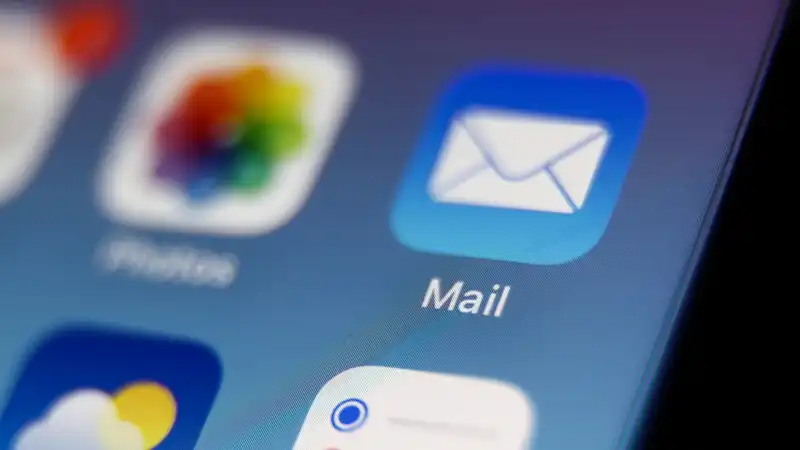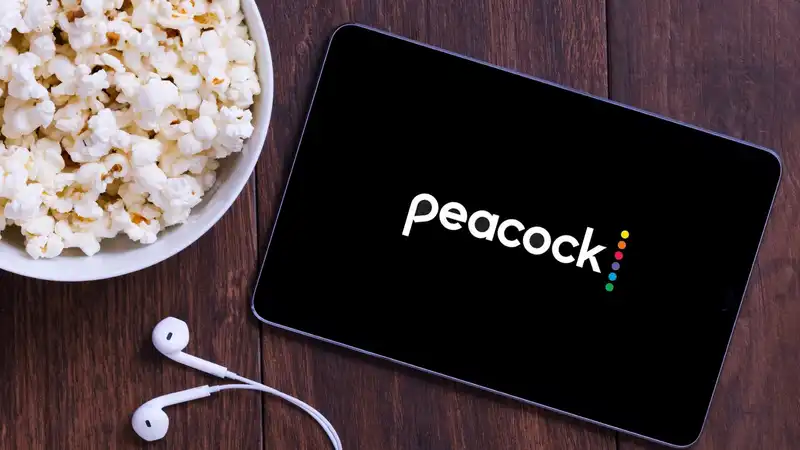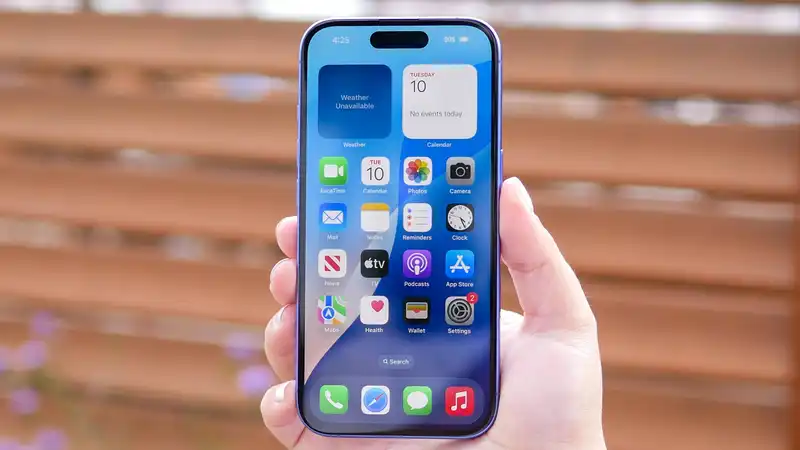One of the most intriguing updates in iOS 18, and potentially one of the most frustrating, is Mail It is intriguing because of the promised smarts that will come to your iPhone inbox And it can be frustrating because not all of the new features will be available on all iPhones
At this time, it appears that the iOS 18 Mail update will not be available to everyone, whether they have downloaded the current developer beta or are waiting for the public beta of iOS 18, which will be released in July Apple has already stated that improvements to Mail in iOS 18 will not be made until later this year Presumably, a new version of the iPhone's built-in mail client will appear in an iOS 18 update that will appear after the initial release of the iPhone software later this fall
Even though a new look for Mail may appear on your iPhone, other features may not come along That's because some of the more significant changes to Mail are related to Apple Intelligence, and the AI-powered features will only work on phones with the A17 Pro chipset or later That's good news if you're using an iPhone 15 Pro or iPhone 15 Pro Max, but everyone else with an iOS 18 compatible iPhone - and that includes devices released five years ago - is on the outside looking in
Here's what we know so far about the iOS 18 Mail changes We start with the new features available in iOS 18 and then turn to the exclusive features of Apple Intelligence
Gmail users will find that the biggest addition to Apple Mail in iOS 18 is a real blast from the past Apple's email client divides the inbox into different categories to better categorize all incoming messages Google's email client has had this feature for a decade
iPhone users who rely on email will not mind the arrival of this feature On that note, Apple seems to be trying to make it happen with the iOS 18 update Emails will be divided into four categories: primary, transactional, promotional, and update
Primary is the main inbox, and according to Apple, messages from friends, family, and colleagues are located here Additionally, time-sensitive emails appear in the Primary category, a feature that is also advertised in the Apple Intelligence preview on Apple's website As a result, it is not known if all iPhones will benefit from priority messages in the primary inbox until the iOS 18 Mail update starts showing up on phones
Among the remaining categories, Transactions will house all the receipts and bills you receive, Promotions will flag up deals, sales notices, and many other marketing materials that seem to find their way to your inbox Apple has an "Updates" section for newsletters and other materials to which you subscribe
All of this categorization is done automatically using machine learning Perhaps there is a way to make Apple Mail learn to put messages in the right place if they are misfiled iOS 17's current Notes app has an example of this where you create a grocery list and it is automatically sorted into a category If a grocery item is categorized in the wrong category, it can be re-routed and the iPhone will learn the correct location for future lists categorization in Mail would work in the same way
While categorization appears to take place in Mail on all iPhones (after all, it is included in the main preview of iOS 18), in fine print, this feature will only work in the English version at launch, but Australia, Canada, India in addition to the US, Ireland, Singapore, South Africa, and the UK
If there are many messages from the same sender, they will be grouped together for easier scanning, saving time looking for a particular thread in the inbox
Apple's example in the iOS 18 preview is a bunch of emails you get from the airline when you book a trip Everything related to that trip is there, including receipts, confirmations, and check-in reminders The grouped messages show snippets of text, allowing the user to know what each message is about without having to scan through the entire email
A major focus of Apple Intelligence is on writing tools that help turn a blank page into a composed document, such as tone suggestions If you are using Apple's Mail client on a device that supports the Apple Intelligence feature, Mail, as well as other iOS apps that help with writing, including third-party apps, can take advantage of these specific writing tools (In other words, these writing tools are as available on the iPhone 15 Pro as they are on a Mac with the M series)
However, there is also Apple Intelligence specific to the Mail app, which Apple describes in detail
As noted above, Priority Messages ensures that time-sensitive messages appear at the top of the Inbox; the difference with Apple Intelligence's Priority Messages is that instead of the usual two-line preview, a summary of the message is available at a glance
The summary is a large part of the writing tools in Apple Intelligence, but it is even more prominent in the Mail app Tap on a message and an AI-generated summary appears, highlighting the key points of the email
We will have to see how this works when the Apple Intelligence feature becomes available for testing However, if the summary proves to be accurate and reliable, it should be an important time-saving tool for quickly looking through incoming messages
In another feature that seems to be inspired by Gmail's existing tools, Apple Mail will add Smart Reply to its email client However, Apple seems to be taking a different approach than tapping a pre-populated reply below a Gmail message
Apple's Smart Reply flags the information that Apple Intelligence needs to provide from the message to which you are replying When the user taps an answer to a question, the Smart Reply feature creates a reply, which can then be sent
The example provided by Apple uses a yes/no question, so a smart reply could be as simple as "Will your partner join?" and it will be interesting to see if it can handle open-ended questions like "How many people will be coming?" as easily as "How many people will be coming? But that will be known when iOS 18's Mail improvements and Apple Intelligence make their long-awaited debut at some point this year










Comments